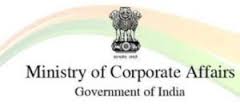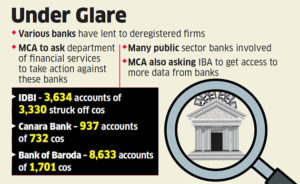Around 56% of the registered taxpayers have filed their GSTR-3B returns for October by 20 November, says GSTN

Taxpayer compliance under the goods and services tax (GST) system is steadily improving with 4.4 million assessees filing summary of the transactions made in October, an improvement of 11% from the filings reported for the previous month, said an official statement from GSTN, the company that processes tax returns.
The statement said the number of taxpayers filing their GSTR 3B returns showed a “marked improvement” with the highest number of assessees filing returns for October till 20th November 2017.
Around 56% of the registered taxpayers have filed their GSTR-3B returns for October by 20 November, it said. The “steady increase” in filings is encouraging, the statement said further, citing chairman Prakash Kumar.
“The trend of taxpayers filing their returns on the last day continues though. Taxpayers are urged to file their returns early to avoid last minute hassles” Kumar said.
Over 3.9 million assessees filed the summary return for September and over 2.8 million for August.
Close to 1.5 million taxpayers filed their returns on 20 November, the highest number of filings in a day.
Punjab topped the list of states in compliance. About 73% of taxpayers in Punjab filed their GSTR 3B returns for October by the deadline.
Federal indirect tax body, the GST Council, has taken a series of steps including deadline relaxations, waiver of late fee, suspension of invoice matching and simplification of forms to encourage voluntary compliance under the new indirect tax regime.
Source: Live Mint





